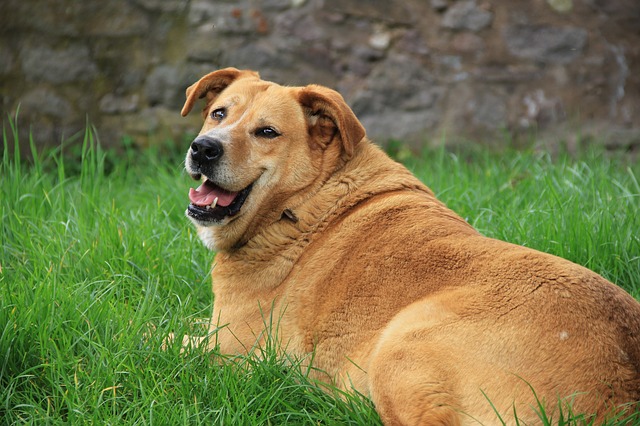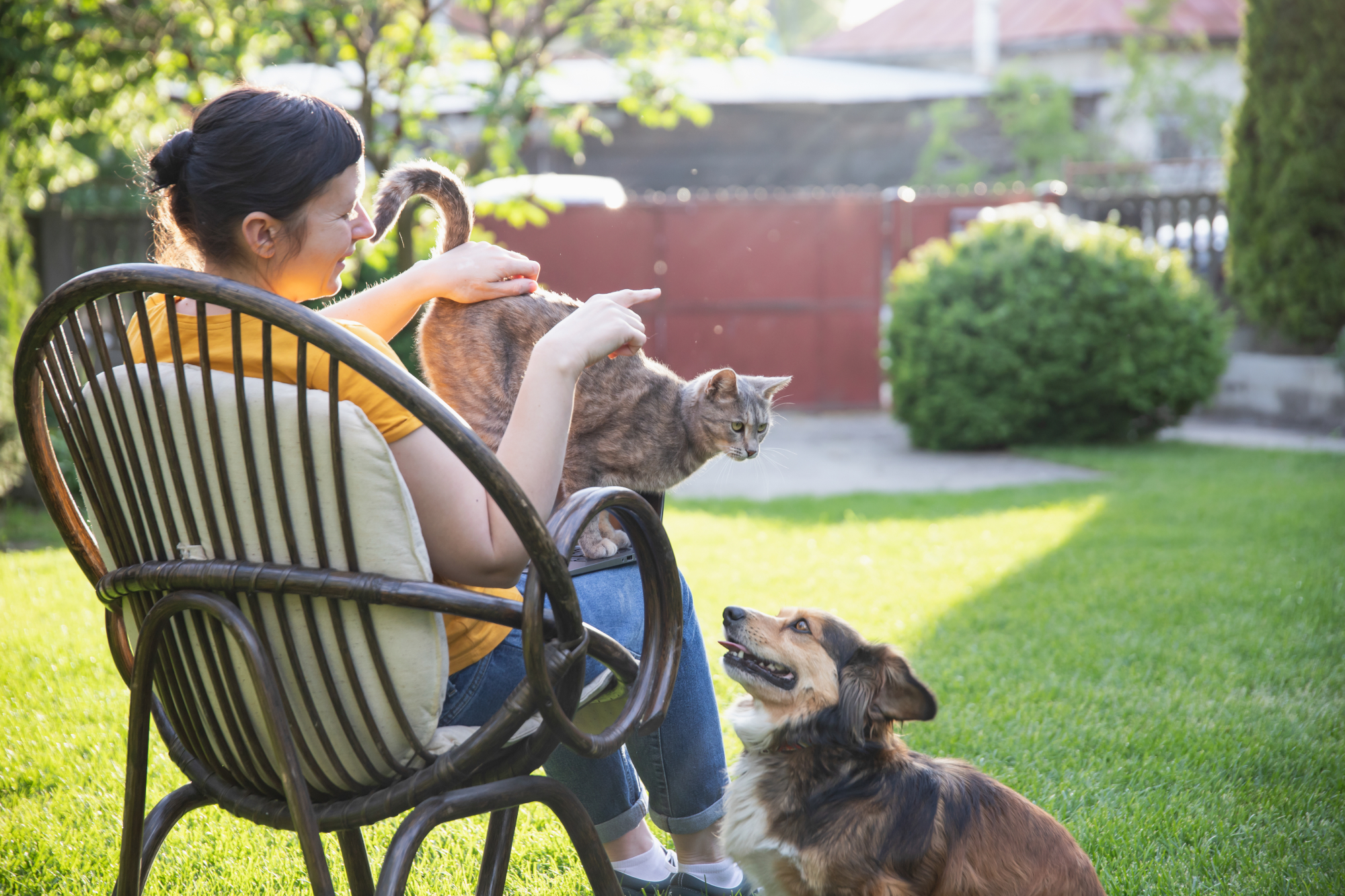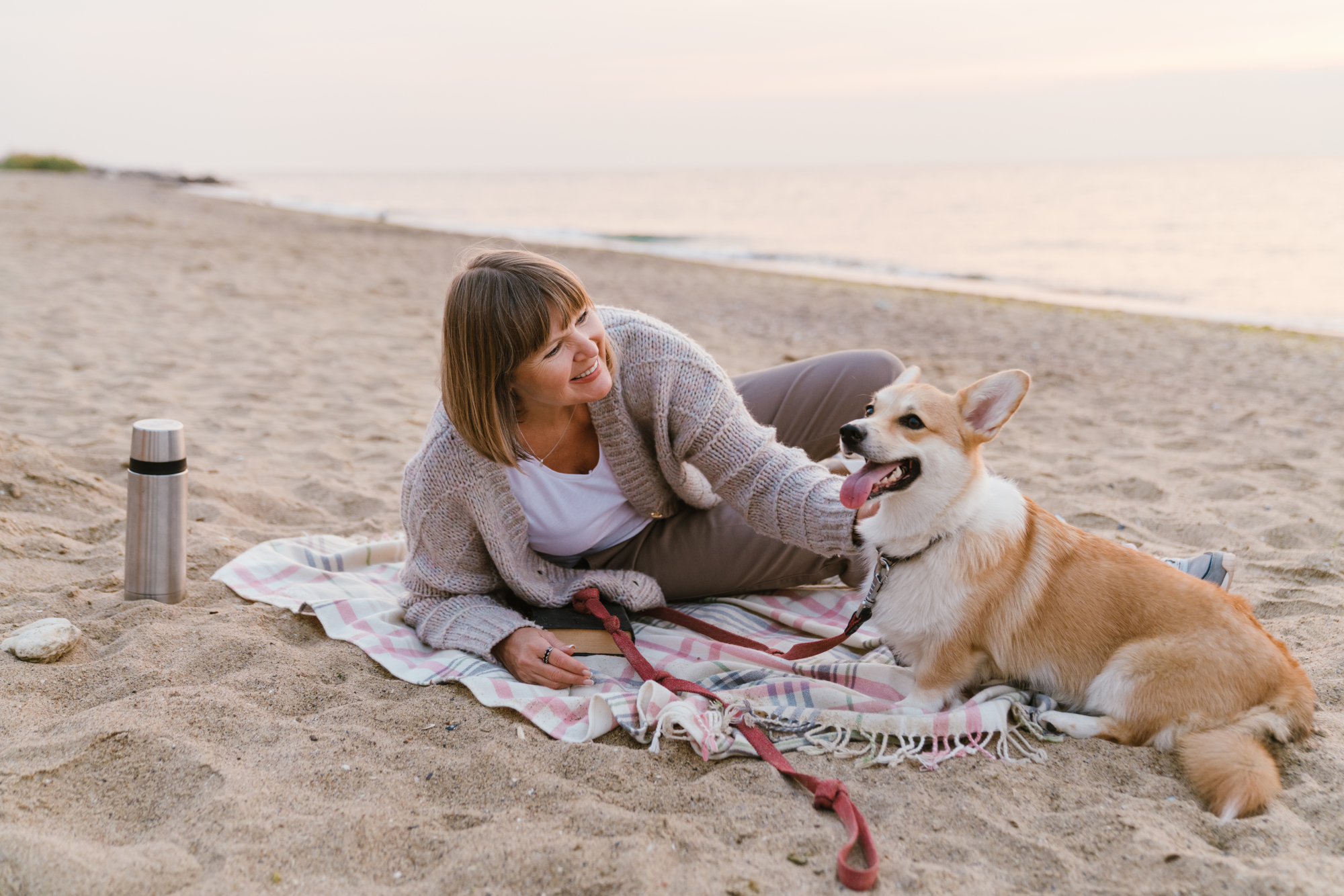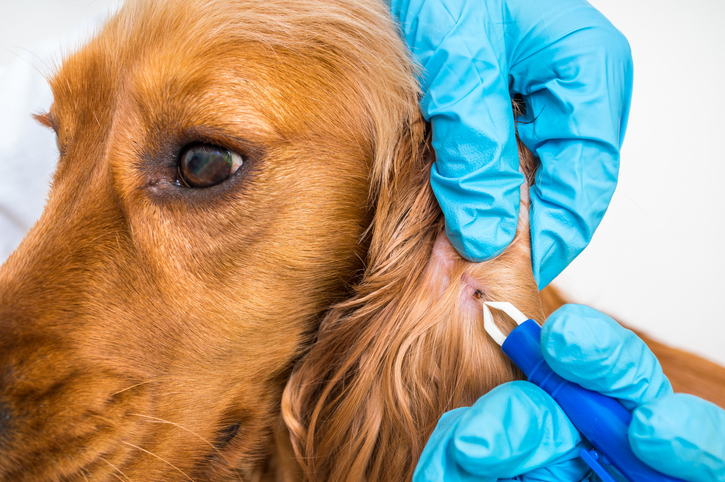Obesity is a growing concern in companion animals, and the increasing incidence appears to be mirroring the trend observed in humans. In fact, it is the most common nutritional disorder in companion pets. Obesity is defined as an accumulation of excessive amounts of adipose tissue in the body. Similar to humans, being overweight is usually the result of either excessive dietary intake or inadequate energy utilization, or both.
Numerous factors may predispose our pets to become overweight including genetics, the amount of physical activity, and the energy content of the diet (the whole sum of pet-food, homemade & commercial treats, table food, etc.). We all like giving our pets treats as positive reinforcement and as part of TLC. Those big eyes, wagging tails, or the persistent barking or meowing (depending on how your pet companion may influence you) definitely makes it easy to reach out for the treat bag; or, to reach out for food off the dining table. While it is all right to use treats for training or to show affection to your pet, it is not the only available method. After all, it is you and your company they crave most. Yes, even over food and treats.
In order to prevent pets from packing on the pounds, the most important thing is to not reach out for the treats as a reflex. We use treats as positive reinforcement, as a distraction, when we just want the pet to be attentive, when we are happy, when the pet is happy, the list goes on. Treats are meant to be just that – similar to snacks or an order of fries that we might enjoy from time to time, but should not be thinking of at every instant. The smaller your pet is, the smaller his or her stomach is, and the more harmful excessive treats can be for their wellbeing. So, instead of “treating” your pet, think of alternative methods of positive reinforcement, distraction etc. If you want to share some love with your dog or cat, nothing beats hugging and petting them. Our clinic cat, Midnight is overly food oriented at the best of times and steals food all the time. But when she is in the mood and is getting gentle scratches on her chin and getting babied, she drools profusely. Obviously it is not all about the food and treats, is it!
It is also helpful to designate one person in the family, or a common place of treats in the house, so as not to exceed the designated volume of treats a pet should be getting per day. The family needs to work as a team on this. I am always surprised to see that often the weakest link in following a weight reduction program is not the pet, but a family member. Following a weight loss program for a pet is only successful with a whole family approach. It is very easy to train a young pet to not want treats at every instant – all it is takes is some self-restraint. In a house with an adult or senior pet, the same self-restraint would be needed, but with the additional hurdle of slowly backing off on the treats and extra food rather than stopping abruptly, in order to wean them off of a long-standing habit.
Do not forget the need for exercise in maintaining a healthy body weight – this is especially true for indoor cats. Remember to regularly stimulate them to run around and play on a daily basis. By helping keep your pet at a good body weight and preventing a serious problem like obesity, it would help decrease the chances of other serious illness such as diabetes, hypertension, heart disease, respiratory problems, cancer, and severe arthritis in your pet. Let us make sure they are with us for a long and happy life.
By – Dr. Bajwa,
Veterinarian at Hastings Veterinary Hospital, Burnaby.






